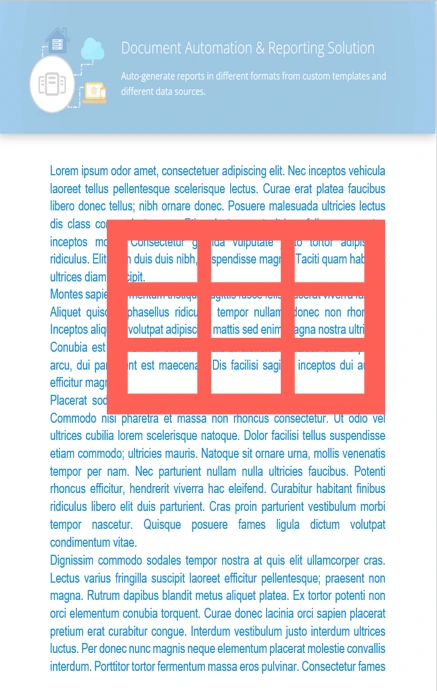With GroupDocs.Assembly, dynamically filling tables in XLSX templates is simple. Automate document content using structured data.
- Create a template in XLSX format with placeholders inside a table structure.
- Load structured data from sources such as JSON, XML, or databases.
- Filter or process the data as needed before table population.
- Generate the document with the fully populated and formatted table.



